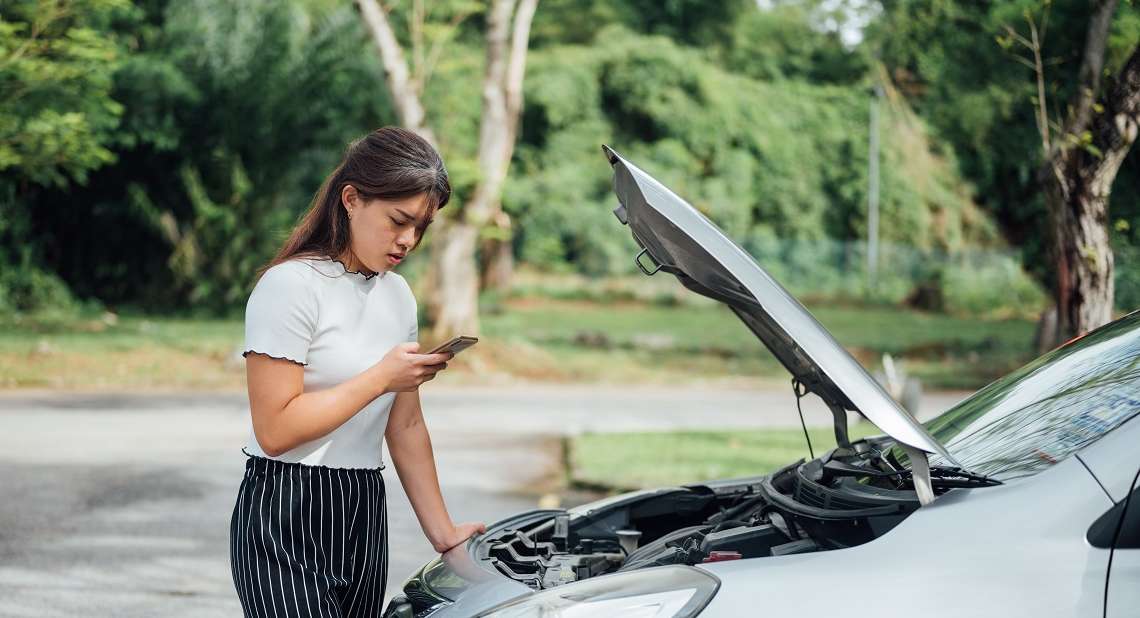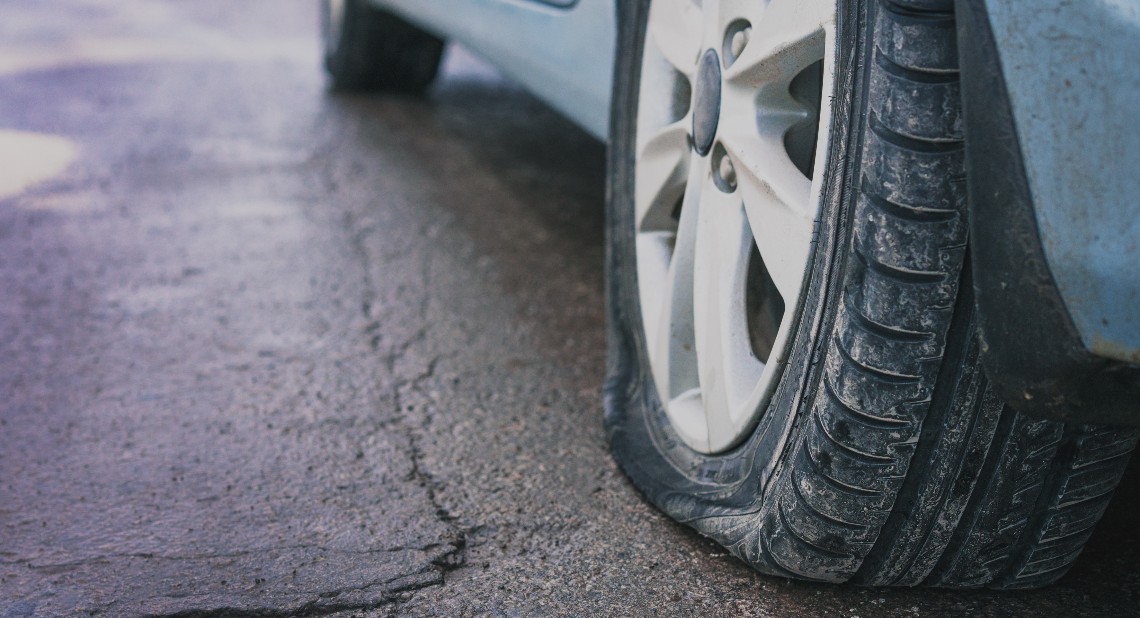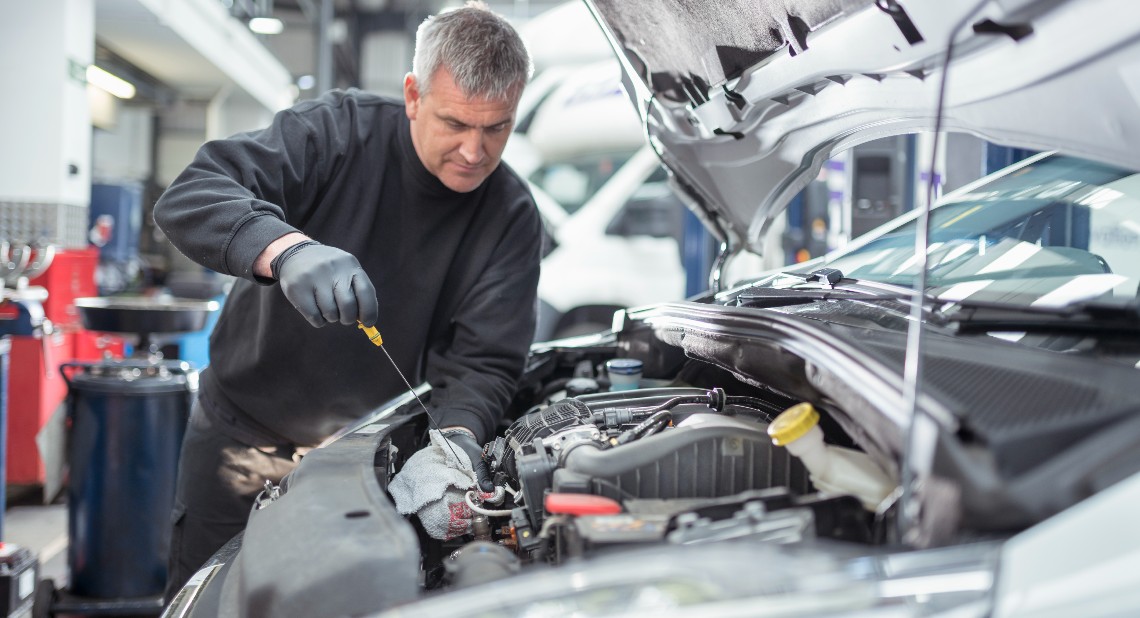As the temperatures rise this summer, you may find your car getting uncomfortably hot – and you may even worry about your engine overheating. Read this article by Nick Harper for some top tips on how to keep your car cool during the warmer weather, and what to do if your engine overheats.
An overheating car can cause concern for any driver or passenger. It may show itself as the temperature warning light flashing on or, at the more alarming end of the spectrum, with smoke coming from the car’s bonnet. Either scenario is understandably worrying.
However, it’s important to say that most car engines will not overheat. Newer cars, with newer batteries, and cars that are regularly serviced are less likely to suffer from the problems that cause overheating. But in hotter weather, it’s still important to keep your car as cool as possible – and to know how you should react if your engine shows signs of overheating.
Worry-free motoring
The Motability Scheme makes leasing a car an easy, hassle-free experience. Insurance, breakdown assistance, servicing and maintenance are already included in your lease package, so you can enjoy worry-free motoring.
What causes an overheating engine?
The most common cause is an issue with the car’s cooling system. Your car’s cooling system circulates coolant through the engine to the radiator, pulling heat away from the engine and keeping its temperature at a safe level.
If the cooling system stops working effectively, it can become hard for the heat to escape – causing the temperature to rise. If you attempt to keep driving, you risk causing more significant damage – not only to your engine but also to the gaskets, hoses and seals that help keep the engine running.
Preventative measures
Regular servicing will make sure your car is in the best possible condition and should help you avoid an overheating engine. There are also some basic maintenance checks that you should do every so often, to make sure that your vehicle is in good order and to reduce the risk of a breakdown.
Try to follow these tips:
- Regularly check the levels of coolant and engine oil in your car – both need to be at the correct level for your car to run effectively
- Carry spare coolant (often called antifreeze) and engine oil in your boot
- Park your car in the shade where possible
- Use windscreen sun shades to reduce the risk of overheating
- Keep an eye on your car’s temperature gauge
- Increase air flow when driving by lowering the windows slightly or using the floor vents
The early warning signs
Early warning signs of overheating are likely to show up on your dashboard. If the temperature warning light comes on (it usually looks like a thermometer symbol), your car is flagging up a problem.
Other common signs can include an unusual smell coming from the engine – leaking coolant can give off a sweet smell, while leaking oil often smells more burnt. If you ignore the early warning signs, you’re likely to see smoke beneath your car’s bonnet. That will cause more damage to your car, so it’s important to act when you spot any early signs of overheating.
What to do if your engine overheats?
Initially, try to keep calm – your car may be overheating, but you need to keep your cool. One of the first things you should do is find somewhere to pull over safely, as soon as you’re able to.
Once you’ve pulled over, turn off the engine and make sure that all passengers are away from the vehicle and at a safe distance from the road.
You should then try to click the bonnet open from inside the car (if possible), to allow heat to escape more quickly. Do not go near the engine until it has cooled down, to avoid any burns from escaping smoke or steam.
Check the coolant
Once the engine is completely cold, check the coolant tank. You’ll need to check your manual for precise instructions here, as it will vary between vehicles.
If the coolant is empty, you may have a leak – if you can, try to check under the car for any puddles of liquid. If there isn’t a leak, it may just be that the coolant has run out. Make sure you top up the tank with your spare coolant. But be aware that you should never add cold liquid of any kind to a hot engine, as it can cause significant damage.
If your coolant levels are low and can be topped up, refilling may be enough to fix the problem. Turn the ignition to its first position, rather than starting the engine, then check the temperature gauge. If it has returned to normal, start the engine and drive carefully home or to the garage to be assessed – even if you can safely drive the vehicle, it’s best to have the issue assessed by an expert at the earliest opportunity.
Call for assistance
If your car has coolant but is still overheating, it’s likely there’s a bigger issue and that you will need professional roadside assistance. Do not attempt to drive your car and call for assistance as soon as you can.
As a Scheme customer, you can have peace of mind knowing that your lease package includes RAC breakdown cover. You can call for help by contacting RAC Motability Assist on 0800 73 111 73 – they will aim to get someone out to you within 45 minutes.
New to the Motability Scheme?
The Motability Scheme offers an all-inclusive package. If you are in receipt of a qualifying mobility allowance, you can use it to lease a brand-new car, scooter, powered wheelchair or Wheelchair Accessible Vehicle (WAV).
Related articles
How can I look after my car in hot weather?
How to avoid your car tyre bursting – and what to do if it does
Car safety technology: 10 top techs for safer driving
![]()








